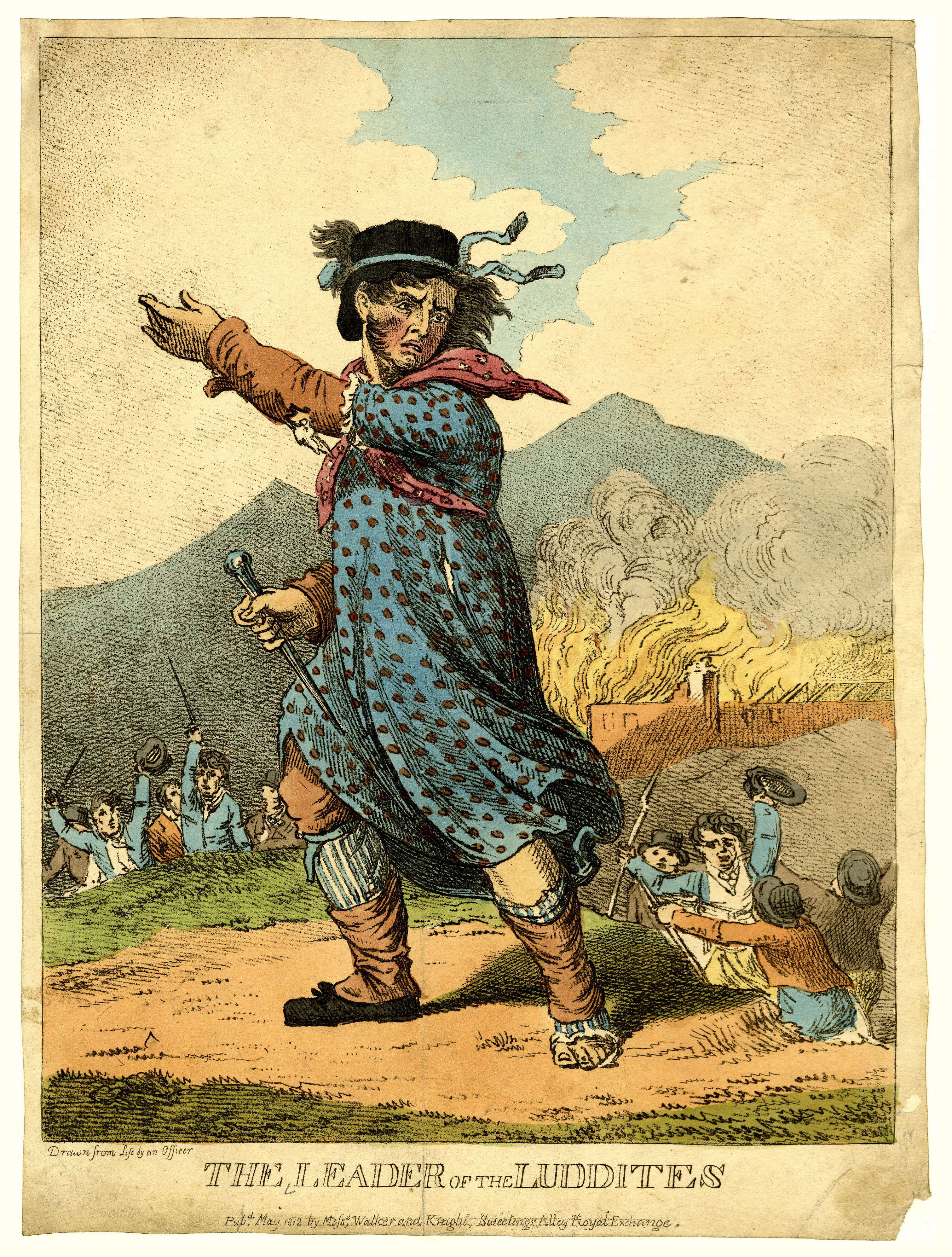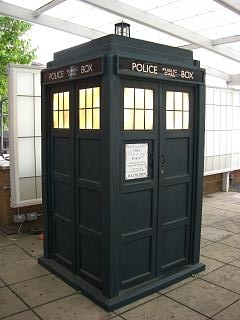|
The Rani (Doctor Who)
The Rani is a fictional character in the British science fiction television series ''Doctor Who''. She was played by Kate O'Mara. The Rani is a renegade Time Lord, an amoral scientist who considers everything secondary to her research; she has been known to enslave entire planets such as Miasimia Goria in order to have a ready supply of experimental subjects and a place to carry out her experiments uninterrupted. Her major interest is in tinkering with other species' biochemistry — she was exiled from Gallifrey after some of her lab mice, as a result of an experiment, grew to enormous size and ate the President's pet cat, and according to The Master, "took a chunk out of him too". She was established as being the same age as the Doctor". The Rani was, like the Master, intended as a recurring foe of the Doctor, but only appeared in two serials, ''The Mark of the Rani'' (1985) and ''Time and the Rani'' (1987), before ''Doctor Who'' went off the air in 1989. The Rani also appe ... [...More Info...] [...Related Items...] OR: [Wikipedia] [Google] [Baidu] |
Doctor Who
''Doctor Who'' is a British science fiction television series broadcast by the BBC since 1963. The series depicts the adventures of a Time Lord called the Doctor, an extraterrestrial being who appears to be human. The Doctor explores the universe in a time-travelling space ship called the TARDIS. The TARDIS exterior appears as a blue British police box, which was a common sight in Britain in 1963 when the series first aired. With various companions, the Doctor combats foes, works to save civilisations, and helps people in need. Beginning with William Hartnell, thirteen actors have headlined the series as the Doctor; in 2017, Jodie Whittaker became the first woman to officially play the role on television. The transition from one actor to another is written into the plot of the series with the concept of regeneration into a new incarnation, a plot device in which a Time Lord "transforms" into a new body when the current one is too badly harmed to heal normally. Ea ... [...More Info...] [...Related Items...] OR: [Wikipedia] [Google] [Baidu] |
Hiatus (television)
In United States network television programming, a hiatus is a break of several weeks, months or years in the normal broadcast programming of a television series. Such a break can occur part-way through the season of a series, in which case it is also called a mid-season break, or between distinct television seasons (usually starting in June and ending in September, when shooting starts for the next season). In the Northern Hemisphere, the breaks between late November and early February are also referred to as winter breaks or, in the Christian cultural sphere, Christmas breaks. Until the late 1990s, summer breaks were sometimes replaced by summer replacement series. Planned hiatus Most broadcast network television series are scheduled for a season of 22 episodes in a time span running 36 weeks from September to May, so networks usually arrange the 22 episodes to air in blocks. Television stations often implement a hiatus for their programs to split up a season for storyline ... [...More Info...] [...Related Items...] OR: [Wikipedia] [Google] [Baidu] |
Doctor Who Experience (16583737322)
Since the first broadcast of the British science-fiction television serial '' Doctor Who'' in 1963, there have been a number of exhibitions of props, costumes and sets relating to the show throughout the United Kingdom. Some have been intended to be permanent, and others seasonal; most have been staged at existing tourist locations. None is currently open to the public. Former permanent exhibitions Longleat (1973–2003) The first permanent exhibition was set up at the stately home of Longleat, Wiltshire in 1973, and ran until 2003. The site has also hosted annual ''Doctor Who'' conventions, usually in August. The twentieth anniversary convention was titled "Twenty Years of a Time Lord" and was held in April 1983. It featured appearances from Jon Pertwee (and the vintage car Bessie), Peter Davison, K9; props included the TARDIS, Daleks, and the set of ''The Five Doctors'' feature-length special. About 40,000 fans turned up, many more than expected. In 2003, the annual ... [...More Info...] [...Related Items...] OR: [Wikipedia] [Google] [Baidu] |
Tyrannosaurus
''Tyrannosaurus'' is a genus of large theropod dinosaur. The species ''Tyrannosaurus rex'' (''rex'' meaning "king" in Latin), often called ''T. rex'' or colloquially ''T-Rex'', is one of the best represented theropods. ''Tyrannosaurus'' lived throughout what is now western North America, on what was then an island continent known as Laramidia. ''Tyrannosaurus'' had a much wider range than other tyrannosaurids. Fossils are found in a variety of rock formations dating to the Maastrichtian age of the Upper Cretaceous period, 68 to 66 million years ago. It was the last known member of the tyrannosaurids and among the last non-avian dinosaurs to exist before the Cretaceous–Paleogene extinction event. Like other tyrannosaurids, ''Tyrannosaurus'' was a bipedal carnivore with a massive skull balanced by a long, heavy tail. Relative to its large and powerful hind limbs, the forelimbs of ''Tyrannosaurus'' were short but unusually powerful for their size, and they had two cla ... [...More Info...] [...Related Items...] OR: [Wikipedia] [Google] [Baidu] |
Nicola Bryant
Nicola Jane Bryant (born 11 October 1960)England & Wales Birth Index Ancestry.co.uk. is an English known for her roles as , a companion to both the Fifth and s in the [...More Info...] [...Related Items...] OR: [Wikipedia] [Google] [Baidu] |
Peri Brown
Perpugilliam “Peri” Brown, is a fictional character played by Nicola Bryant in the long-running British science fiction television series '' Doctor Who''. An American botany major from Pasadena, California, Peri is a companion of the Fifth ( Peter Davison) and Sixth Doctor (Colin Baker) and a regular in the programme from 1984 to 1986, appearing in a total of 11 stories (collectively made up of 33 episodes). Production Getting the part Bryant had been spotted by an agent in a production of the musical comedy '' No, No Nanette'' at her drama school, the Webber Douglas Academy of Dramatic Art, which was the last show she did before leaving the school. She had performed with an American accent during the show, and having mistaken her for a real American, the agent took note of "one American...". In less than a week after leaving the school, he phoned her up and secured her an audition for ''Doctor Who''. Bryant thought it was "extraordinary" and "surreal" to be called up ... [...More Info...] [...Related Items...] OR: [Wikipedia] [Google] [Baidu] |
Companion (Doctor Who)
In the long-running BBC television science fiction programme '' Doctor Who'' and related works, the term "companion" refers to a character who travels or shares adventures with the Doctor. In most ''Doctor Who'' stories, the primary companion acts as an audience surrogate. They provide the lens through which the viewer is introduced to the series. The companion character often furthers the story by asking questions (often to help the audience understand too) and getting into trouble, or by helping, rescuing, or challenging the Doctor. This designation is applied to a character by the show's producers and appears in the BBC's promotional material and off-screen fictional terminology. The Doctor also refers to the show's other leads as their “friends" or "assistants"; the British press have also used the latter term. History In the earliest episodes of ''Doctor Who'', the dramatic structure of the programme's cast was rather different from the hero-and-sidekick pattern that emerg ... [...More Info...] [...Related Items...] OR: [Wikipedia] [Google] [Baidu] |
Luddite
The Luddites were a secret oath-based organisation of English textile workers in the 19th century who formed a radical faction which destroyed textile machinery. The group is believed to have taken its name from Ned Ludd, a legendary weaver supposedly from Anstey, near Leicester. They protested against manufacturers who used machines in what they called "a fraudulent and deceitful manner" to get around standard labour practices. Luddites feared that the time spent learning the skills of their craft would go to waste, as machines would replace their role in the industry. Many Luddites were owners of workshops that had closed because factories could sell the same products for less. But when workshop owners set out to find a job at a factory, it was very hard to find one because producing things in factories required fewer workers than producing those same things in a workshop. This left many people unemployed and angry. The Luddite movement began in Nottingham in England and ... [...More Info...] [...Related Items...] OR: [Wikipedia] [Google] [Baidu] |
Industrial Revolution
The Industrial Revolution was the transition to new manufacturing processes in Great Britain, continental Europe, and the United States, that occurred during the period from around 1760 to about 1820–1840. This transition included going from hand production methods to machines, new chemical manufacturing and iron production processes, the increasing use of steam power and water power, the development of machine tools and the rise of the mechanized factory system. Output greatly increased, and a result was an unprecedented rise in population and in the rate of population growth. Textiles were the dominant industry of the Industrial Revolution in terms of employment, value of output and capital invested. The textile industry was also the first to use modern production methods. The Industrial Revolution began in Great Britain, and many of the technological and architectural innovations were of British origin. By the mid-18th century, Britain was the world's leadi ... [...More Info...] [...Related Items...] OR: [Wikipedia] [Google] [Baidu] |
Killingworth
Killingworth, formerly Killingworth Township, is a town in North Tyneside, England. Killingworth was built as a planned town in the 1960s, next to Killingworth Village, which existed for centuries before the Township. Other nearby towns and villages include Forest Hall, West Moor and Backworth. Many of Killingworth's residents commute to Newcastle or to its surrounding area. Killingworth has also developed a sizeable commercial centre, with bus links to the rest of Tyne and Wear. The town is not on the Tyne and Wear Metro network; its nearest stations are Palmersville and Benton. The town of Killingworth in Australia is named after the British original because of its extensive coal mines; it lies west of Newcastle, New South Wales, so-named for the same reason. Culture Killingworth was used as a filming location for the 1973 BBC sitcom ''Whatever Happened to the Likely Lads?'', with one of the houses on Agincourt on the Highfields estate featuring as the home ... [...More Info...] [...Related Items...] OR: [Wikipedia] [Google] [Baidu] |
TARDIS
The TARDIS (; acronym for "Time And Relative Dimension In Space") is a fictional hybrid of the time machine and spacecraft that appears in the British science fiction television series ''Doctor Who'' and its various spin-offs. Its exterior appearance mimics a police box, an obsolete type of telephone kiosk that was once commonly seen on streets in Britain. Paradoxically, its interior is shown as being much larger than its exterior, commonly described as being "bigger on the inside". Due to the significance of ''Doctor Who'' in popular British culture, the shape of the police box is now more strongly associated with the TARDIS than its real-world inspiration. The name and design of the TARDIS is a registered trademark of the British Broadcasting Corporation (BBC), despite the fact that the design was originally created by the Metropolitan Police Service. Name TARDIS is an acronym of "Time And Relative Dimension(s) in Space". The word "Dimension" is alternatively rendered in ... [...More Info...] [...Related Items...] OR: [Wikipedia] [Google] [Baidu] |
Kew Gardens
Kew Gardens is a botanic garden in southwest London that houses the "largest and most diverse botanical and mycological collections in the world". Founded in 1840, from the exotic garden at Kew Park, its living collections include some of the 27,000 taxa curated by Royal Botanic Gardens, Kew, while the herbarium, one of the largest in the world, has over preserved plant and fungal specimens. The library contains more than 750,000 volumes, and the illustrations collection contains more than 175,000 prints and drawings of plants. It is one of London's top tourist attractions and is a World Heritage Site. Kew Gardens, together with the botanic gardens at Wakehurst in Sussex, are managed by the Royal Botanic Gardens, Kew, an internationally important botanical research and education institution that employs over 1,100 staff and is a non-departmental public body sponsored by the Department for Environment, Food and Rural Affairs. The Kew site, which has been dated as formally st ... [...More Info...] [...Related Items...] OR: [Wikipedia] [Google] [Baidu] |
.jpg)
.jpg)






